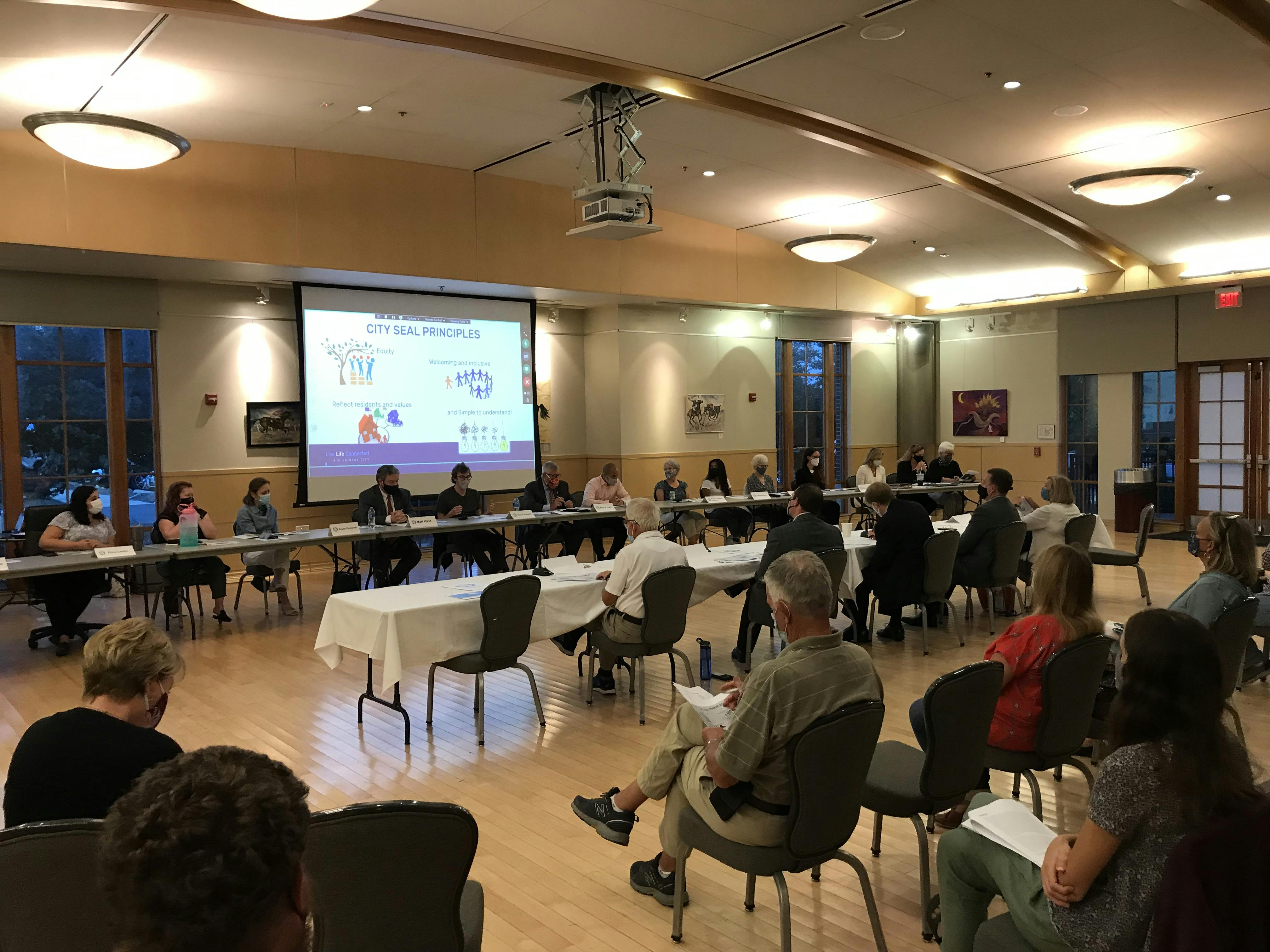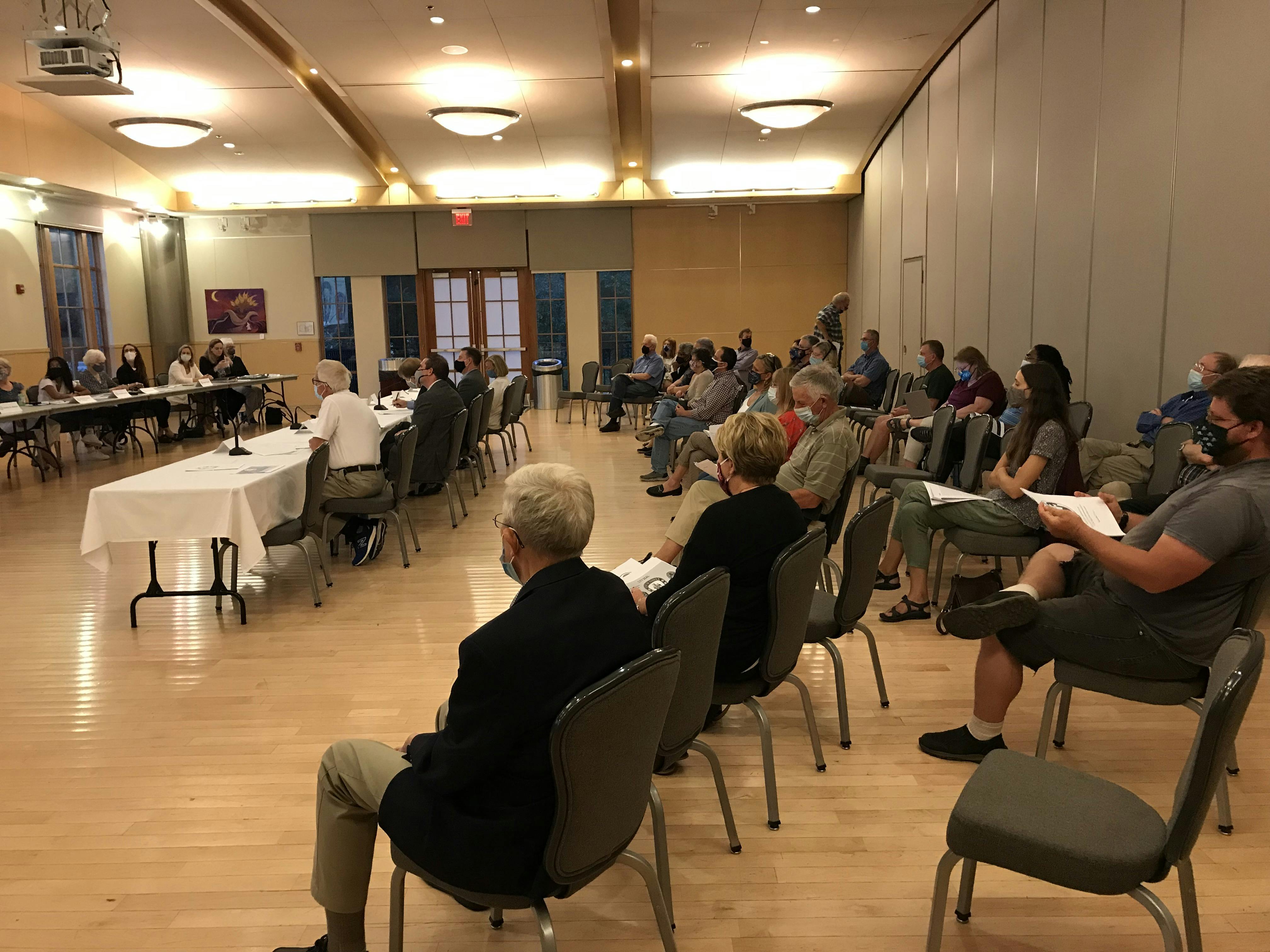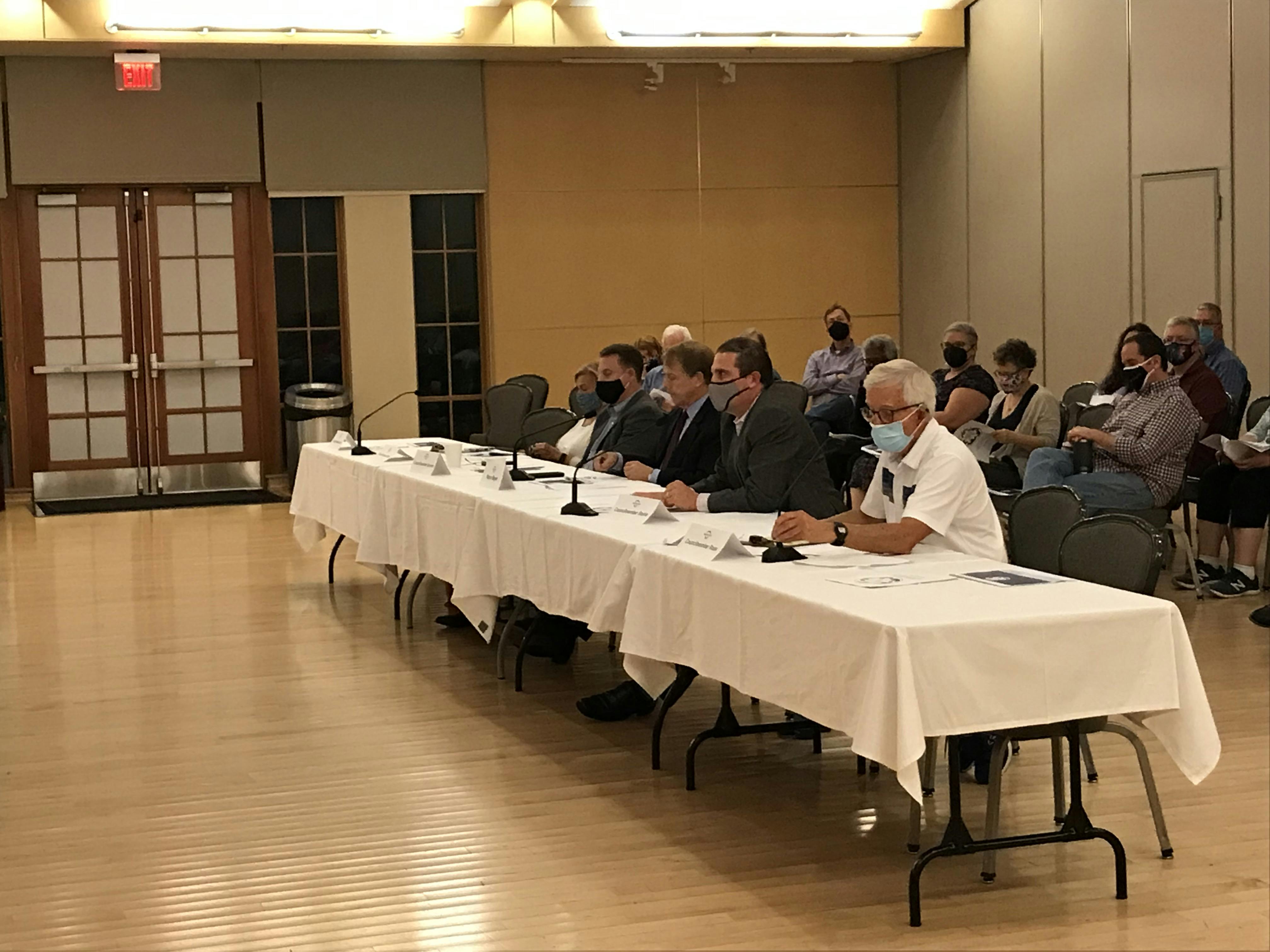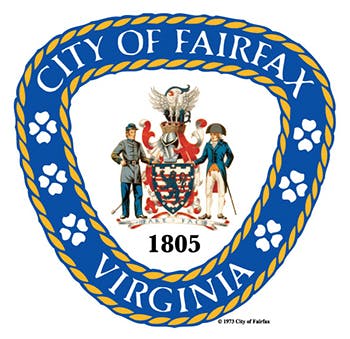Connecting Fairfax City's Past and Present to Build a More Equitable and Inclusive Future
On July 12, 2022, City Council voted to change the names of 14 streets as recommended by the Stakeholder Advisory Group. Watch the meeting.
UPDATE July 12, 2022: City Council voted to change 14 street names. Watch the meeting. If you would like to submit names for consideration, please complete the survey.
Connecting Fairfax City for All
The City of Fairfax recognizes there is strength in diversity and acknowledges the need for a broader community conversation around the issues of racial and social equity, systemic racism, symbolism, and identity.

Evolving views about who and what should be memorialized in public spaces and on public land present an opportunity for the City of Fairfax to examine its nomenclature. Confederate-related street and place names, historical markers and monuments, and elements in the city seal will be discussed in the context of how these symbols reflect the City Council’s goals of inclusivity and building community.
City residents are invited to participate in thought-provoking conversations that connect current realities with the city’s historical past. Ultimately, through a series of listening and learning opportunities, the goal is to connect the present to a more equitable and inclusive future for all city residents, businesses, and visitors.
“This initiative, endorsed by the City Council, holds great promise for our city residents to engage with each other with respect, compassion, and an openness to learning and gaining a greater understanding of each other,” said City of Fairfax Mayor David Meyer. “This is an opportunity for all of us to discern what actions we may take to create a preferred future that is inclusive and more just and equitable.”
Partnership with George Mason University
To accomplish this work, the city has partnered with the George Mason University Jimmy and Rosalynn Carter School for Peace and Conflict Resolution. Working with the Carter School, the city has outlined a process to listen to community voices, engage the community in learning sessions and structured, facilitated discussions, and will form a diverse working group to make recommendations on action items and identify areas for further community discussion. City Council will consider the recommendations in 2021 before making decisions regarding the city’s nomenclature.
Please explore this project site, drop a pin on the map, share your ideas, tell your story, or leave a comment. Click on the social media icons to share with others.
Share Your Story
Personal stories will be considered by the stakeholder group when making recommendations to the mayor and city council. Please share your experiences as they relate to racial and social equity in Fairfax City.
Fairfax City has a rich history, dating back to the early 1700s when farmers settled in the area. The city began as the Town of Providence in 1805. The area became a crossroads of conflict during the Civil War. On June 1, 1861, the first land engagement of the war was fought here, resulting in the first death of a Confederate officer. The town's name was changed to the Town of Fairfax in 1874, and the independent City of Fairfax was incorporated in 1961.
Connections to the past can be found in numerous historical markers and monuments located throughout the city, streets and places named for Civil War people and events, and in the city seal, which includes an image of a Confederate soldier.
Evolving views about who and what should be memorialized in public spaces and on public land present an opportunity for the City of Fairfax to examine its nomenclature. To help reach a common understanding of how these symbols are perceived, we encourage you to share your story. Whether you have lived here for many years, moved here recently, or lived here and left, please share your thoughts about Confederate-related symbolism in the city.
















